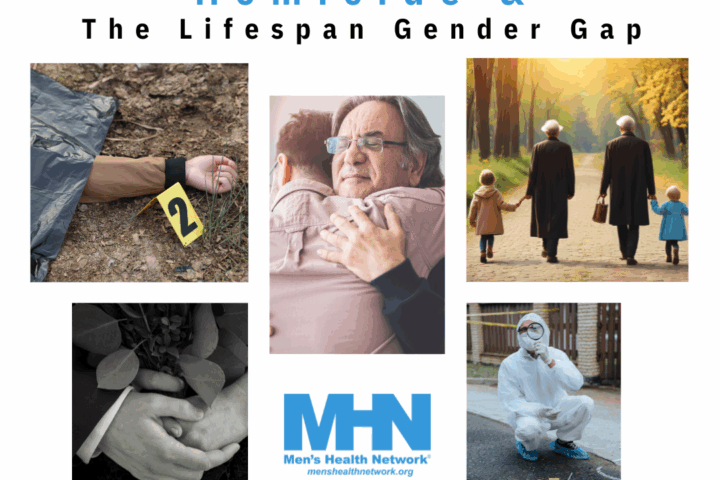The COVID-19 pandemic has created a double whammy for rural men: Their access to medical care is often difficult because of long distances to travel for treatment, and they are less likely to have access to high-speed internet for telehealth visits.
Even before the pandemic, healthcare for rural men had unique challenges. For the approximately 60 million Americans — nearly one in five — who live in rural areas, limited access to healthcare professionals is a critical barrier to achieving favorable health outcomes. Compared to metropolitan regions, rural and frontier regions contain more than twice as many “Health Professional Shortage Areas” designated by the US Department of Health and Human Services. The reduced healthcare access is a major factor in rural patients’ greater disease burdens and poorer outcomes from chronic conditions, including hypertension, diabetes, and arthritis.
Those outcomes make rural men especially vulnerable to COVID-19. And if they do get sick with COVID-19, rural men are more likely to require hospitalization because they were sicker to begin with. Increasingly, they’re competing for beds. Hospitalizations for rural COVID-19 patients have been on the rise, from about 10 percent in the first week of October to about 25 percent in late November and early December, a study showed.

The study, conducted by the North Carolina Rural Health Research Program, was based on data from the U.S. Department of Health and Human Services. On December 15, HHS published weekly data on each U.S. hospital tracking key indicators for how the facilities were coping with Covid-19 care.
The study raised a concern that, while rural COVID-19 hospitalizations lagged behind urban ones, the higher urban rates may mean that there is no space for rural patients if they require care that’s beyond the scope of their nearest hospitals to provide.
A study conducted by Jessica Ancker, PhD, MPH and Rainu Kaushall, MD, MPH, of Cornell University will look at the comparative effectiveness of telehealth for rural residents. The study, backed with a research grant from the Patient-Centered Outcomes Research Institute (PCORI), brings together an experienced multidisciplinary team with expertise in telemedicine research, leverages the infrastructure of PCORnet, through a collaboration among three clinical research networks and two health plans representing diverse urban and rural populations.



